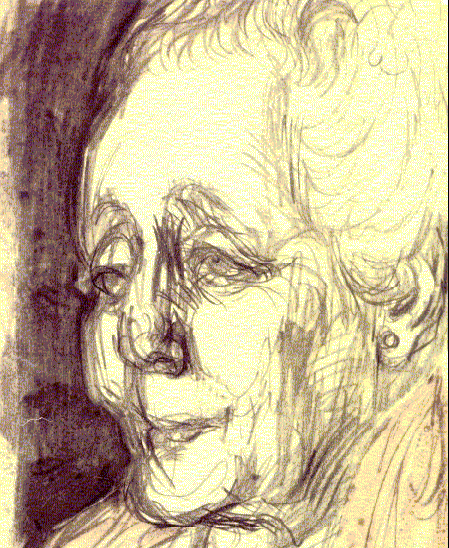 Robert M. Young Online Writings
Robert M. Young Online Writings
The Writings of Professor Robert M. Young
THE PSYCHOANALYSIS OF SECTARIANISM
A sect is one faction in a split. Psychoanalysis is the explanation of human behaviour according to unconscious motivation. The psychoanalysis of sectarianism is, therefore, the analysis of splits in unconscious terms. As it happens, the tendency within psychoanalysis which makes it its special concern to illuminate the deepest levels of the unconscious considers splitting and projection to be quite fundamental aspects of our humanity. Indeed, as I shall say in more technical language anon, this process, termed projective identification, was called by Melanie Klein ‘the prototype of an aggressive object-relation’ (Klein, 1946, p. 8).
This brings me to my first conclusion. Sectarianism is not, by nature, appalling. It is intrinsic to our humanity. Indeed, I shall argue that one becomes a member of a group by means of adopting its projective identifications. Groups define themselves significantly in terms of the Others with respect to whom they are in aggressive relationships. Mary Douglas’ classic, Purity and Danger: An Analysis of the Concepts of Pollution and Taboo (1966), comes to mind, in which she takes an anthropological look at the abominations of Leviticus, the complex and arcane dietary laws of the Old Testament Israelites. They were not designed, as some believe, for the sensible dietary reasons that one could get trichinosis from pork and food poisoning from shellfish or ill from certain mixtures involving dairy products in a hot climate. They are full of intricacies and inconsistencies, with no apparent logic except the kind of complexity which makes it extremely unlikely that the gentiles can figure them out. The point of the dietary laws is to keep goyim out. I can tell you from personal experience that a gentile will always get it wrong sooner or later. As my erstwhile father-in-law once said to me, ‘That’s the point - the object of the exercise. You’ll never be one of us, no matter how hard you try’.
I think sectarianism is part of the wider tendency to gain identity by difference. This process occurs at a very primitive level in the inner world and has benign and virulent forms. I cannot remember when I did not know that Catholics, Jews, and to a lesser extent Baptists and Methodists, were bad news, though one could openly discriminate only against the Catholics. Blacks were inferior and the object of structural discrimination, while Mexicans were not even allowed to live in one’s servant quarters. They lived in a ghetto called ‘Little Mexico’. There was also a black ghetto then called (I apologise for these terms) ‘Niggertown’, but a maid and sometimes her family could live in a one-room space in the back yard, attached to the garage of a white family, usually without hot water or a bathtub. These arrangements were learned and taken in as part of the order of things before one had names for them. Germans and Japanese were worse (I was born in 1935); they were diabolical and could be deprived of their property and civil rights, placed in camps and imprisoned, but this turned out to be temporary. They soon became esteemed customers again, though never ‘good people’ or ‘one of us’. There were other sorts of people who had no real location in what we took in as the natural classification of the social reality. One knew they existed, but their status was never defined. I am thinking of Chinese people, Arabs, (East) Indians. American Indians or Native Americans had no existence outside movies. Latin Americans were chimeras. They were very like Mexicans - spoke like them, for example - but were also esteemed customers. I found this confusing. On a more local scale, all people - especially people of one’s own age who did not live in the same suburb - were inferior, unless they lived in a similar suburb of another city. People whom one met as supporters of the sports teams of other towns, cities or parts of cities were enemies in one sense but probably people of potential dignity in other senses. This is, after all, the point of the sublimation of aggression which we call sport..
The place where I took in these things - was socialised into them as a member of any tribe is socialised into tribal identity and its belief system - was the suburb of Dallas depicted in the tel
